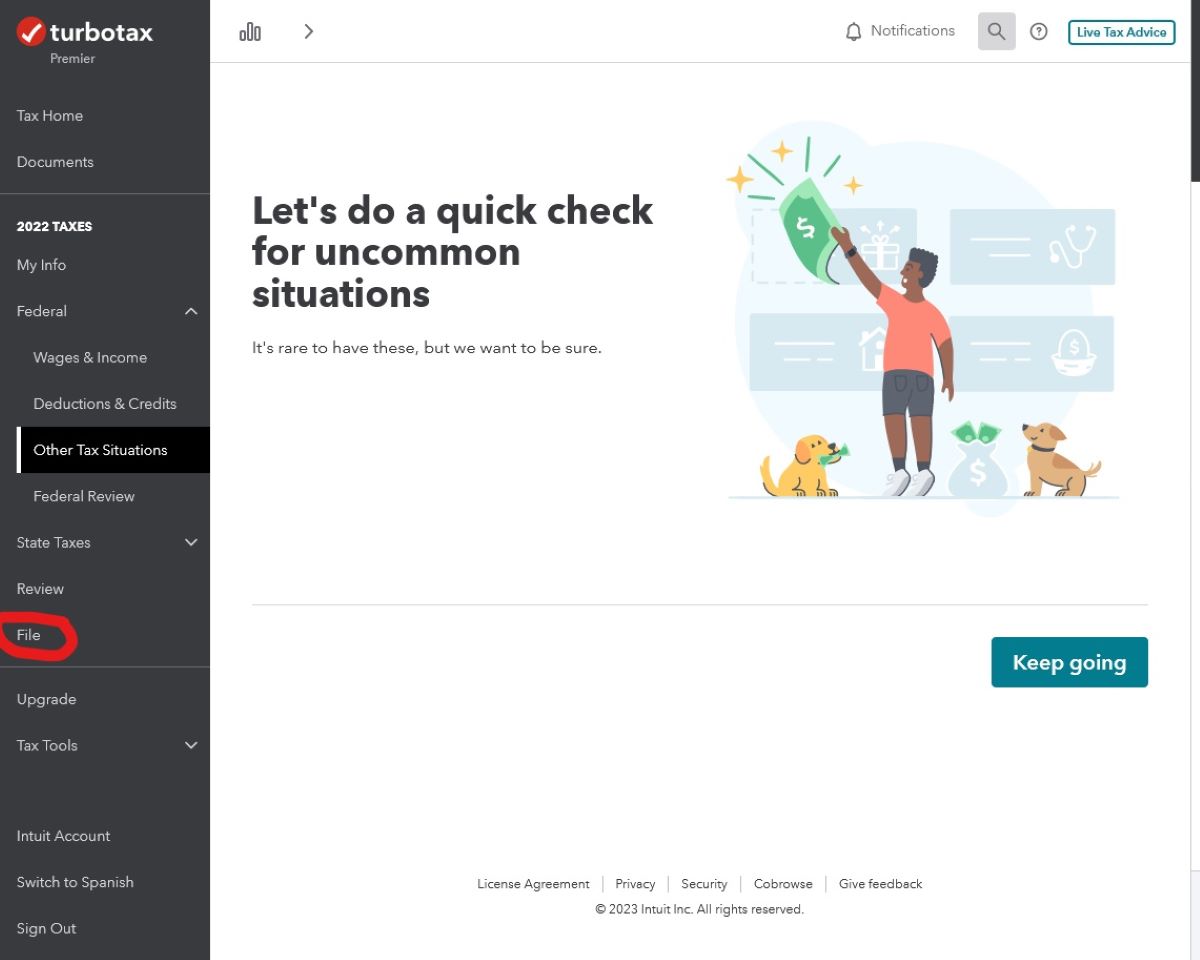Home>Finance>What Is Analysis Paralysis? Definition, Risks, And How To Fix


Finance
What Is Analysis Paralysis? Definition, Risks, And How To Fix
Published: October 6, 2023
Learn the definition, risks, and effective ways to overcome analysis paralysis in finance. Discover how to make informed decisions and avoid getting overwhelmed.
(Many of the links in this article redirect to a specific reviewed product. Your purchase of these products through affiliate links helps to generate commission for LiveWell, at no extra cost. Learn more)
What Is Analysis Paralysis? Definition, Risks, and How to Fix
When it comes to making financial decisions, many of us find ourselves overwhelmed by the vast array of options and information available. This feeling of being stuck in a never-ending cycle of research and analysis is called analysis paralysis. But what exactly does it entail, and how can we overcome it to ensure smart financial choices? In this blog post, we will explore the definition of analysis paralysis, its potential risks, and provide practical tips on how to address this challenge head-on.
Key Takeaways:
- Analysis paralysis refers to a state of overthinking and excessive analysis that hinders decision-making.
- Risks of analysis paralysis include missed opportunities, wasted time and resources, and increased stress levels.
Understanding Analysis Paralysis
Analysis paralysis can occur in any aspect of life, but it is commonly experienced in the realm of finance. This phenomenon arises when individuals become so overwhelmed by the sheer volume of information available that they struggle to make a decision. They may spend excessive amounts of time researching, comparing options, and analyzing data, often leading to a state of indecision.
The risks associated with analysis paralysis are significant. While it’s crucial to gather information and evaluate options, spending too much time in this state can lead to missed opportunities. Markets fluctuate, and delaying a financial decision can result in lost chances for growth or profitability. Additionally, analysis paralysis can consume valuable time and resources, hindering progress and productivity. Not to mention, the stress of constantly evaluating options can take a toll on one’s mental well-being.
How to Overcome Analysis Paralysis
If you find yourself caught in the web of analysis paralysis, fear not! There are effective strategies to break free and regain control of your financial decision-making process. Here are some practical tips:
- Set clear goals: Define your financial objectives and prioritize them. Knowing what you want to achieve will help narrow down your options and focus your research on what matters most.
- Limit information intake: While information is valuable, there comes a point when it becomes overwhelming. Identify reliable sources, set a research time limit, and avoid excessive data consumption.
- Establish decision-making criteria: Determine the key factors that will guide your decision-making process. By setting specific criteria, you can streamline your analysis and make informed choices based on what matters most to you.
- Utilize the 80/20 rule: Apply the Pareto Principle, which suggests that 80% of results come from 20% of effort. Focus on the vital aspects of your analysis that will provide the most significant impact on your financial goals.
- Take action: At some point, you must make a decision and take action. Remember that no decision is perfect, and the key is to learn from the outcomes and adjust as necessary.
By following these strategies and being mindful of the risks of analysis paralysis, you can navigate the financial landscape more confidently. Don’t let the fear of making the wrong choice hold you back from progress and growth. Trust your instincts, rely on the information you have gathered, and take decisive action to achieve your financial goals.














